Craft chocolate is on the way up, and it's not even close to plateauing.
Almost anyone in the industry even just half a decade ago would have described craft chocolate, often called "bean to bar chocolate," as a small but growing segment of the market; slowly but surely we were changing the way people consume chocolate.
Well that might be the understatement of the decade. Since I got into craft chocolate in 2012, the market has only been growing, and the scale is logarithmic. In 2007 there were just a half dozen to a dozen chocolate makers in the US.
However in 2012 there were several dozen, come 2017 there were a few hundred, and by 2023 there are at least a thousand at varying stages of their business. This is just in the United States. It says nothing of the booming craft chocolate scenes throughout Latin America and Asia, or the related field of cacao brands and cacao products.
In this article we explore the basic history of craft chocolate, its parallels with the fine coffee industry, and the directions of expansion we'll witness over the next decade. Some of this is already coming to light, like Callebaut's WholeFruit Chocolate line.
At this rate, will craft chocolate even be called "craft" in 2028? Or, more to the point: does that matter?

Jump To
Brief History of Craft Chocolate
Most people agree that the craft chocolate movement began in the late 90's, in San Francisco, USA. This is where two men— John Scharffenberger and Robert Steinberg— spent a decade beginning a movement while building their business, and then spreading that movement by selling their business.
Scharffen Berger Chocolate was born in 1996 and sold to the Hershey Company in 2005 (and then back to independent owners in 2020), by which time it had inspired several other American chocolate makers to create and open their own small chocolate factories.
The original American craft chocolate company was widely thought to have never recovered from the initial sale. Scharffen Berger headquarters were subsequently moved to Illinois, and many said that the quality of the bars declined from then on.
But the private sale from Hershey's and move of the headquarters to Oregon has brought new possibilities to the fore.
However the original sale sparked outrage and action from the burgeoning community of chocolate lovers, by then having spread up north to Canada, as well. Even I remember having Scharffen Berger Chocolate bars in my pantry as a kid, though they were exclusively for baking.
By the time those baking bricks made their way into hiding in pantries across the country, their heyday as the first American craft chocolate was over.
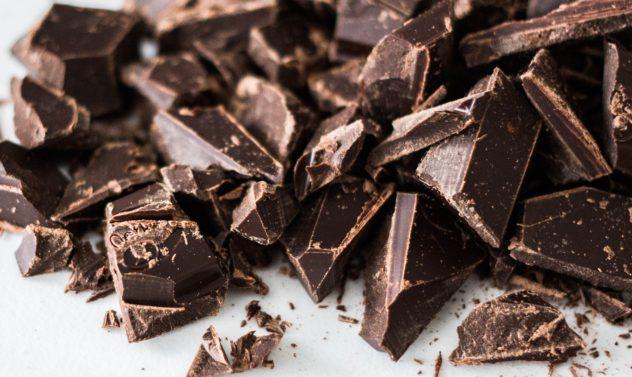
Other makers were taking Scharffen Berger's place in the craft chocolate movement, drawing inspiration from older European makers just as Scharffen Berger had, but also from each other. Unlike the big guys, all knowledge became public knowledge, and the idea of a proprietary secret was laughable.
Everyone just wanted to make great chocolate. Legends like Rogue and Patric and Amano and DeVries and SoMa, more or less celebrities to me, came onto the market over the course of just a few years, from 2003-2007.
All but SoMA Chocolate have dissolved or changed forms in the years since, with most of them remaining involved as consultants. During the second generation of craft chocolate, from around 2008-2013, in came the makers who'd been inspired by the perseverance and ingenuity of those first several makers.
These chocolate makers started popping up all around the world, however; a few of them were even in countries where cacao is grown. Following this second round is a third round of chocolate makers, the current generation, most of whom have already established their businesses.
At this point it seems like everyone is inspiring everyone else, and the fine chocolate center of the world has shifted towards North America (though Europe is certainly holding its own).

Beyond North America
Since this is a brief history, it mentions nothing of the long-established European chocolate festivals, and mentions no European makers by name. This is because the smaller European companies from which Steinberg & Scharffenberger (a wine maker by trade) originally drew their inspiration are still relatively large.
Most of them are family-owned and have been around for a century or longer. In that time, they've garnered great reputations not only for themselves but also for their countries. I consider them older relatives of the craft chocolate movement.
Many of them now have carefully curated lines of single origin chocolates, and would otherwise be called craft chocolate makers. But they tend to produce bars in large batches, and are pastry chefs and chocolatiers as well as chocolate makers.
They inspired many a maker and continue to inspire the budding movement of pastry chefs making their own chocolate. But for most of them the focus is solely on the unique flavors of the beans and not the connection to farmers to transparency in sourcing.
These chefs literally make chocolate bars from cacao beans, but the definition of craft or "bean to bar" chocolate is not so concrete. It's more a concept than a limiting term.
But craft chocolate makers above all pride themselves on their cacao's connection with its origin, and their ability to express that origin. Transparency. Direct trade. Flavor notes. All of these are terms most any fanatic would associate with the movement, and that's one core aspect I don't expect to ever see change.
Also note that even while the craft chocolate movement was starting in the US, there were certainly smaller makers at origin crafting chocolate for their local communities. Most notably are some makers in Costa Rica and Ecuador who are still around today.
Not all established craft chocolate makers are well-known, even within the industry, so if you can think of names of any specific chocolate makers using local cacao before 2005, please drop a comment below.
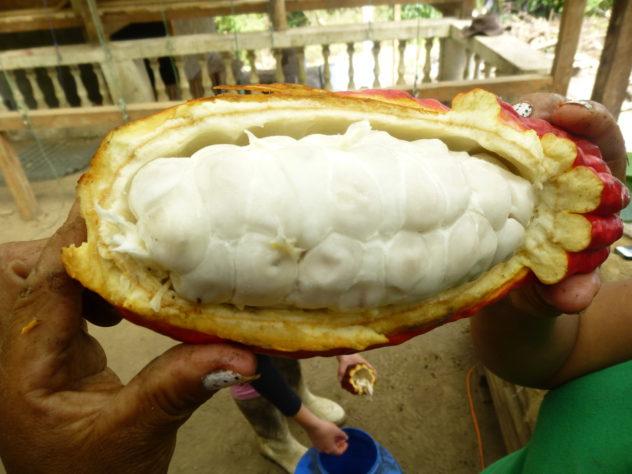
Parallels With Coffee
Part of my confidence in the growth of fine chocolate lies in how closely it mimics the come up of fine coffee. The fine coffee market is much more established than the fine chocolate market, but it's easy to see echoes of the former in the latter.
When coffee started becoming super accessible and consistent in flavor and origins (the "origins" being a can of Folgers or Maxwell House), we thought coffee couldn't get any bigger. But then, it did. The audience and their expectations shifted in a huge way.
Coffee drinking in part left the home, and coffee houses emerged across North America and around the world. Starbucks became a household name until the next big shift: independent roasters.
These micro-roasters were importing green coffee from farms around the world, roasting the beans and then grinding them fresh before brewing your morning macchiato. More personalized, aesthetics- and transparency-driven shops showed up everywhere.
Again, we thought it couldn't get any bigger.
But look at the current scene in Korea, Japan, China, and Taiwan, and in the many countries in which coffee is grown. The number of cafes popping up and roasting their own beans or sourcing locally-roasted beans is incredible compared to even just a decade ago.
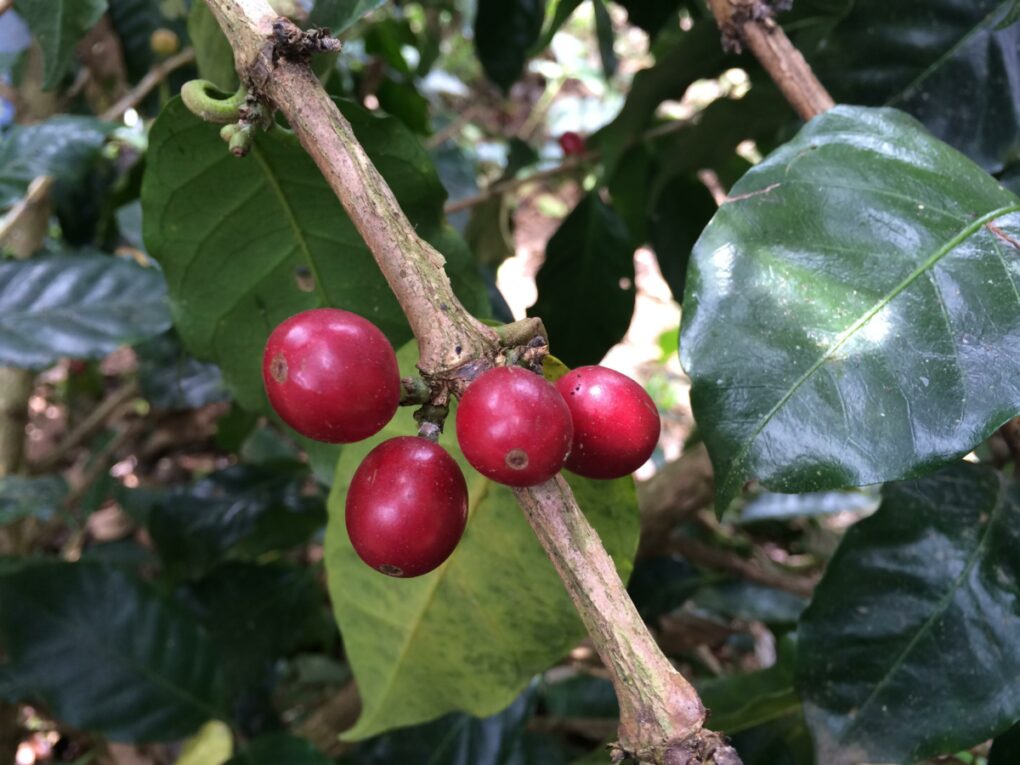
So although chocolate will never be coffee— because they're inherently different products— coffee as an industry has something big to teach chocolate, and it has to do with storytelling the truth. But first, let's address some differences between chocolate and coffee, and why they don't matter in this context.
For one, coffee is a beverage. It can be consumed upwards of five times a day (almost exclusively by adults), while chocolate is a food enjoyed by most everyone. Next, there are relatively few coffee-flavored products outside of the beverage itself, while chocolate and chocolate-flavored foods abound.
But on the other hand, coffee's a necessary morning ritual for many, while chocolate is an indigence. Coffee's not the beverage of choice for many people, even at cafes, yet the idea of a "chocolate date" just doesn't have the cultural context of a coffee date.
Despite these differences, there are undeniable similarities in the come up of both commodities as specialty foods.
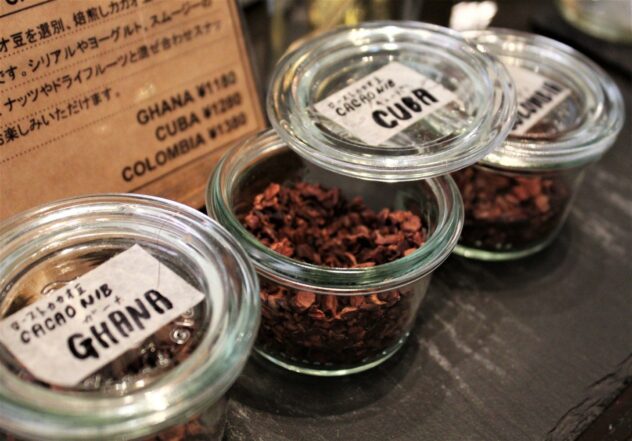
Chocolate's Dual Economies
The growing future of fine chocolate was predicted by fine coffee in part due to their similar consumption. For as many people as there are out there who love a hot cup of instant coffee or a Snickers bar, there are almost the same number who would prefer a fine single origin french press or a Patric chocolate bar.
This isn't to say that they always choose the more pricey & traceable food item, but that there are two distinct streams of demand within each industry. This creates dual economies for the same category of food (coffee, chocolate), a practice notably more common in fine foods, where there's almost always a cheaper alternative.
I won't go deep into the economics, but the growth of craft chocolate doesn't mean the usurpation & elimination of commodity chocolate products. That demand's been created, and it will never die, nor necessarily should it.
Some people just don't care where their food comes from, or can't afford to care. But this continued distinction of commodity and specialty versions of both foods is where the parallels begin. They continue with coffee and cacao's similar growing regions, around the equator.
Even further along is the idea that each small region in which coffee or cacao are grown contributes to the final flavor of the product, creating different terroirs. It's this idea which brought about the popularity of single origin coffees and chocolates.
Appreciating the terroir, or "taste of place," of a well-brewed cuppa or a well-made chocolate bar is much less obscure than it used to be. In the field of coffee, it's pretty mainstream. There are master roasters and baristas, and an abundance of competitions around the world; there's an entire subculture of coffee obsessives.
People know about it.
A fine $5 cup of coffee, made for sipping, is not ridiculous to the people willing to pay that price. There are even $100 cups of coffee, made with rare varietals of coffee and brewed in careful & unique manners. Chocolate has not quite reached that point, though it's trying to, and it absolutely can.
Coffee paved the way for chocolate, part of the reason why the "waves" of craft chocolate growth have occurred in such a relatively compact form. With the added help of social media, fine coffee now is where chocolate will be in one, maybe two decades.
At some point we'll no longer be able to look at coffee for insight into consumer expectations and behavior. But for now, mark my words— current coffee trends are a predictor of future chocolate trends.

Future Trends of Craft Chocolate
A trend is the manifestation of desires and direction of the market, as demanded by consumers. These consumers follow trends by spending money on certain commodities.
Practically, cacao is a more stable commodity than coffee. Having a local or very efficient coffee bean supplier is essential for a cafe. But unlike roasted coffee, which is best fresh, well-processed cacao is good for years (specifically in nib form). Chocolate itself is good for even longer, if stored well.
This means that each cafe doesn't need its own chocolate brand or local chocolate supplier, and therefore fewer people need to invest in the large equipment and storage space. It brings great opportunity to cacao farmers themselves, and not just for serving their local communities.
This is the point at which chocolate begins to break off from coffee on a practical level.
Once it splits from coffee's historical pattern, chocolate will continue to innovate in a multitude of directions. These changes won't happen overnight, but many of them have already started, largely masterminded by makers & farmers who are simply ahead of their time.
This is the future of craft chocolate.

Inclusions
As all the possible countries of origin for cacao are discovered and put out, makers will turn to inclusion bars. This is both a way to differentiate their representation of those countries, and to value add for the farmers they buy ingredients from & the consumers they sell to.
Think of it as an expansion. Foodies are always looking for new and unique products to consume & show off, so consumers will notice this new chocolate trend first. Look at makers like Fossa, Lonohana, and Map.
Fermentation
On the other end of production, over the last several years I've noticed cacao growers experimenting much more with the various factors affecting fermentation rate and speed, as well as how to manipulate the final flavors in the cacao by altering or adding to fermentation.
This doesn't just mean adding fruit or other strong flavors to the cacao, but also conducting side-by-side experiments with cacao from the same harvest. I see much more of this happening as cacao brands grow in popularity, and simply providing quality cacao is not enough of a differentiator.
Makers will notice this much sooner. Look at makers like Mindo, Luisa Abram, and Chocolate Concierge.
Collaborations
Non-chocolate products will be sold alongside bars to attract a variety of customers and differentiate their brands, as well as use as tools to teach consumers about cacao and about where their food comes from.
For example, various cacao products like liquor, honey, and body scrubs show off the different parts of cacao and what is so beautiful about being able to use every part of the plant. In some places this may just mean selling some local goods to support other local artisans.
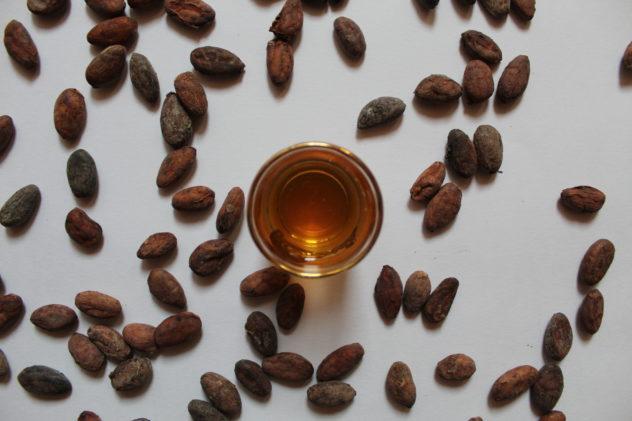
Tree to Bar
Finally finally finally, tree to bar is taking off! Locally-produced products may be sold internationally, but the market will skew more local in the years to come. In a way this is an expansion of craft chocolate in the opposite direction.
Whereas inclusions & flavor manipulations during processing will entice more consumers into trying fine chocolate, tree to bar makers will increase the percentage of small-batch chocolate made at origin.
I predict even more makers beginning to use their tropical environment & their access to various cacao products to their advantage. This will also create demand for eco-friendly products which solve problems of makers in tropical environment, like consistent storage and tempering.
Right now this is a tiny percentage of makers, but some off the top of my head are Suneaters, Aliança, and Original Hawaiian.
Perception
Ruby chocolate and other similarly innovative products, changing and playing upon the consumer perception of "what is chocolate and how is it made?," will continue to thrive. These products will surely come from manipulations in fermentation on the farmer side and added ingredients in the maker sector.
But I think the biggest innovations will come thanks to the aforementioned growth of tree to bar. Think of the use of other Theobroma fruits, various local sweeteners, cocoa butter plus non-cacao solids, swirls of two chocolates in one bar, pairing two chocolates with each other, etc.
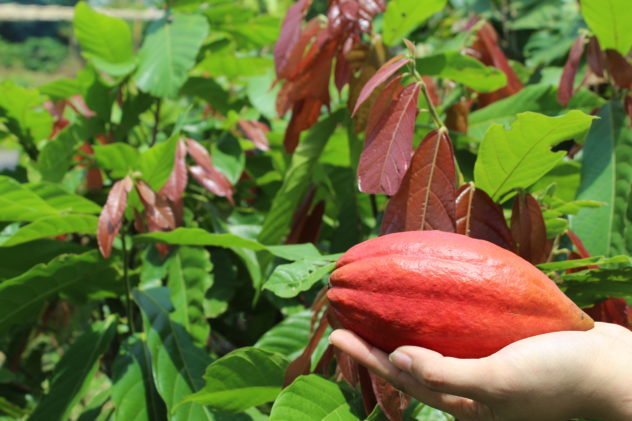
Preparing for The Change
As much change as has happened in the last five years, the next five years will be much more tumultuous. Many more players will enter the market, and a few others will be forced out. It's simply fact.
I say this not to scare you, but to remind you that just because you have a dream and work hard for it, doesn't mean that it will automatically come true. You have to work hard and smart.
This industry growth will come about thanks to a more educated general populace, more middle & upper class people in developing countries, and continued technological advances. Changes in how people perceive chocolate, how much they want to spend on it, and how they can buy it is a foregone conclusion.
What you must do now is prepare for those shifts by understanding what your customers want to buy, how much they're willing to spend, and what the narrative is that will convince them to buy your chocolate over another one.
Most importantly, understand the different experiences customers subconsciously want when they click to an online store vs. when they walk into a cafe. Online shopping isn't coming; it's already dominating.

Preparing for change doesn't mean discounting people who aren't willing to spent ten dollars on a chocolate bar, but it may mean making smaller bars in order to attract a variety of customers. Offer gift boxes. Make one-off batches for huge corporate events.
Collaborate with another artisan food business in your area. People who don't like or can't taste the nuance in a single origin bar may be more wooed by the flavors of an inclusion bar which also fits within your narrative as a company.
This chocolate bar still supports farmers and their work, but it also shares a little more about where you come from or the other culinary traditions close to your heart. Single origin and single plantation bars converted the first & second generations of craft chocolate lovers.
But chocolate marketing in the modern age involves getting creative with not just how you market chocolate but what you're marketing. People are just in general becoming more interested, and the transparency that our industry is built upon will be to our advantage.
To read my tips on social media basics for chocolate businesses, click here.
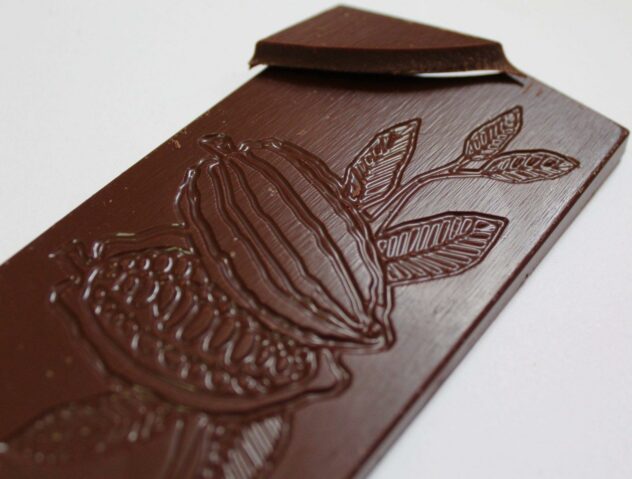
Does Being "Craft" Matter?
Just as "bean to bar" was once the calling card of the fine chocolate industry, so is "craft" rising quickly in the lexicon. But merely calling chocolate "craft" doesn't make it a flavorful and transparently-made product.
When it comes down to it, the science of making quality chocolate is complicated, but the ingredients necessary are simple: cacao, and probably sugar.
You can complicate it and add other ingredients to smooth out the texture or flavor or appearance, but in the end, if you can't trace the materials used back to their own stories, then the flavor of the final product no longer matters.
It's the spirit and connection that make a chocolate "craft chocolate," not a certification or bean type or a word on packaging. It's the people. And I have faith that the people who have built craft chocolate are the same people who will continue to expand its positive impact, no matter what kind of branding befalls it.
To continue the parallels with coffee, using the same quality coffee from the single origin brews to make the macchiatos and sugary drinks served in the cafe is just like using the same quality beans of a single origin chocolate bar to make your milk chocolate and your inclusion bars.
It's a matter of shifting the quality and ethics of your base ingredients to align with your ideals, not necessarily about making your own chocolate or roasting your own beans.
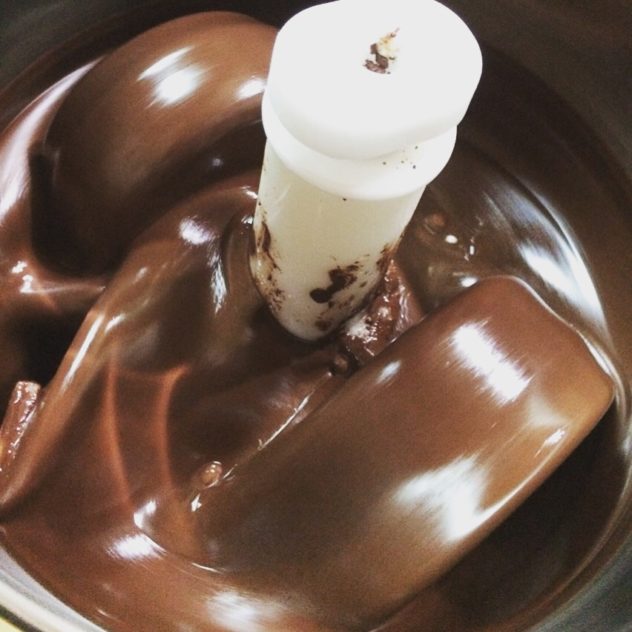
How to Keep Up With Chocolate Trends
To get a hold on the current happenings, keep an eye on the #beantobar and #craftchocolate on Instagram and Twitter. First visually, and then in the written word, you can keep abreast of how innovations are happening and what is pleasing the current consumer base.
Next, check out three to five Instagram pages for more mainstream chocolate lovers, and look at the comments under the five most recent photos for each of them. See what people are commenting about and get creative when considering what they love about those posts.
Is it the packaging? The color? The flavor of choice? The size? The ease of ordering? The cute girl? Don't forget that you can use "Instagram Influencers" and targeted ads as part of your marketing strategy; it's not all about what's free (though it certainly can be).
Just as those who understood the attention shift from radio to television and then from television to internet have managed to dominate in the new medium, those of us who understand consumer behavior on the dominating platforms of the internet will have a distinct advantage.
History doesn't repeat itself, but it certainly rhymes.
Chocolate stayed the same for so long. I look forward to watching the concept of it pulled & stretched in various positive directions over the next decade and beyond. But even more so, I look forward to sharing these changes with you (as long as global warming doesn't ruin it for everyone, first).
What are your predictions for the growth of craft chocolate?
If you found this article interesting, please pin it for later!

















Joyce
What a great blog!!!
Would like to send you the best chocolate bean to bar from Dr >>> Khao Caribe
Max
Thank you-- and I've actually already tried Khao Caribe, the picante bar. It's good!
ruth loh
I love this! I also think you're right on the money about the tree-to-bar phenomenon and how makers may have to adapt to fit a wider audience range or at least give them the chance to be...er...seduced by the craft first through friendlier, more mainstream bars in terms of cost and ingredient list
Max
Thanks for your comment, Ruth! I actually disagree that cost necessarily has to be a factor-- I think many makers will use cost as a tool for accessing a larger section of the market, but in many ways the higher cost is a benefit, as it's teaching consumers to really appreciate their food. Craft chocolate is not for everyone, but I'd like it to reach everyone it IS for.... in due time.
Pashmina
I love long in depth articles like this! Craft chocolate has a fascinating history and exciting future, and it's nice to know that others share the same sentiment.
Max
Thanks, Pashmina! It absolutely does, and from my relatively isolated end it's always nice to hear the sentiment shared, as well!